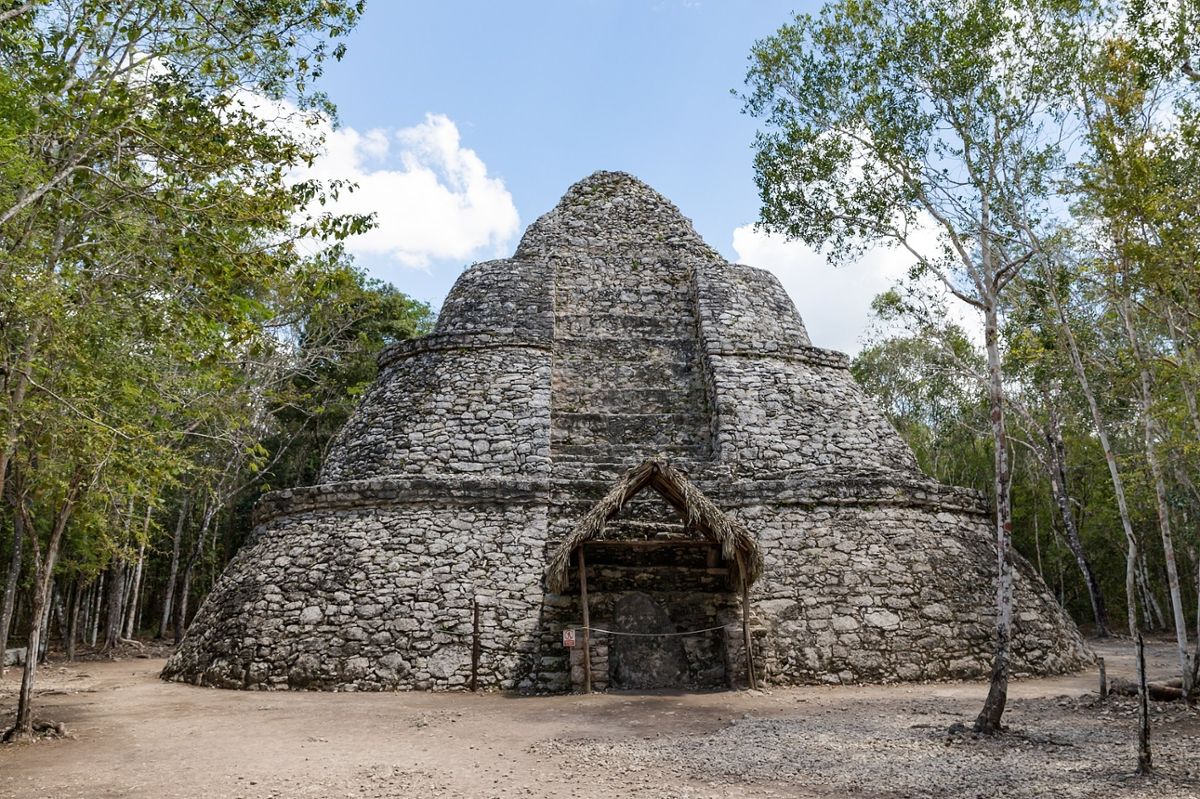Y: The Maya civilization arose in today’s southern Mexico and northern Central America three thousand years ago, and reached its peak during the third to the ninth century AD. In Europe, this was the time of the fall of the Roman Empire and the early Middle Ages. The Maya continued to live in the area when the invading Spaniards conquered their lands in the fifteenth century.
D: But Yaël, archaeologists have always known that the Maya built a sophisticated civilization, but the jungle covered ruins have been hard to study. Wasn’t the population fairly small?
Y: No, Don. In the early twentieth century archaeologists thought the population was small. But by the nineteen eighties systematic ground surveys indicated a larger population. In 2018 researchers announced a significant breakthrough demonstrating a large population.
D: What sort of breakthrough?
Y: The researchers used a new laser technology called LiDAR to scan eight hundred square miles of Guatemalan jungle from the air. When they used computer software to digitally remove the jungle canopy from their data, they found more new ruins than ground-based archaeologists had supposed. The data showed hundreds of previously unknown structures, complex irrigation and terracing for massive agricultural systems, and a network of raised highways connecting urban centers and quarries. At the height of the Maya civilization, the new data shows the area may have supported ten to fifteen million people.
D: Wow. Do you realize that that would make the Maya civilization as large and as sophisticated as ancient Greece or China!
Y: That’s right. Researchers expect that it will take decades of careful archaeological research to fully comprehend this vast civilization.










